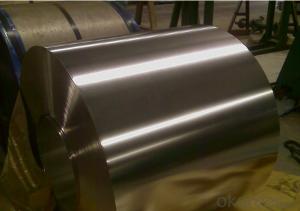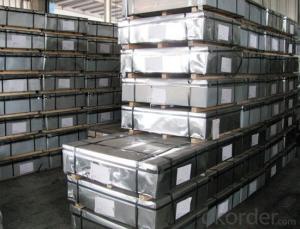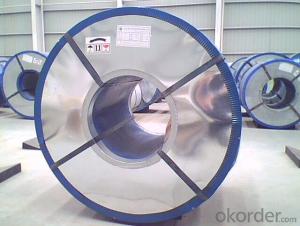Electrolytic Tinplate (ETP) Coil and Sheets for Foods Packaging
- Loading Port:
- Tianjin
- Payment Terms:
- TT OR LC
- Min Order Qty:
- 25 m.t.
- Supply Capability:
- 7000 m.t./month
OKorder Service Pledge
OKorder Financial Service
You Might Also Like
1.Structure of Electrolytic Tinplate (ETP) Coil and Sheets for Foods Packaging Description
Electrolytic Tin Plate Coils and Sheets for Foods Metal Packaging, is one thin steel sheet with a coating of tin applied by electrolytic deposition. Tinplate made by this process is essentially a sandwich in which the central core is strip steel. This core is cleaned in a pickling solution and then fed through tanks containing electrolyte, where tin is deposited on both sides. As the strip passes between high-frequency electric induction coils, it is heated so that the tin coating melts and flows to form a lustrous coat.
2.Main Features of the Electrolytic Tinplate (ETP) Coil and Sheets for Foods Packaging
Appearance – Electrolytic Tin Plate is characterized by its beautiful metallic luster. Products with various kinds of surface roughness are produced by selecting the surface finish of the substrate steel sheet.
Paintability and printability – Electrolytic Tin Plates have excellent paintability and printability. Printing is beautifully finished using various lacquers and inks.
Formability and strength – Electrolytic Tin Plates have got very good formability and strength. By selecting a proper temper grade, appropriate formability is obtained for different applications as well as the required strength after forming.
Corrosion resistance – Tinplate has got good corrosion resistance. By selecting a proper coating weight, appropriate corrosion resistance is obtained against container contents. Coated items should meet 24 hour 5 % salt spray requirement.
Solderability and weldability – Electrolytic Tin Plates can be joined both by soldering or welding. These properties of tinplate are used for making various types of cans.
Hygienic – Tin coating provides good and non toxic barrier properties to protect food products from impurities, bacteria, moisture, light and odours.
Safe – Tinplate being low weight and high strength makes food cans easy to ship and transport.
Eco friendly – Tinplate offers 100 % recyclability.
Tin is not good for low temperature applications since it changes structure and loses adhesion when exposed to temperatures below – 40 deg C.
3.Electrolytic Tinplate (ETP) Coil and Sheets for Foods Packaging Images
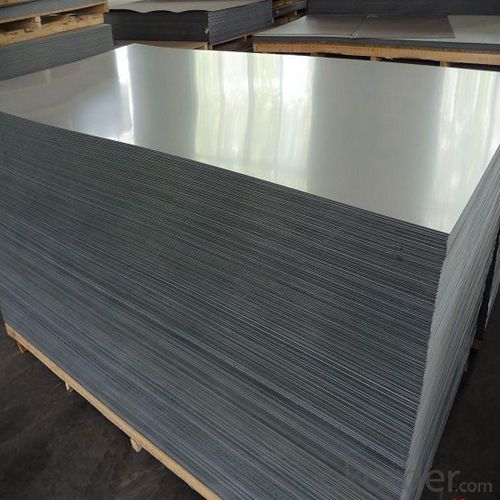
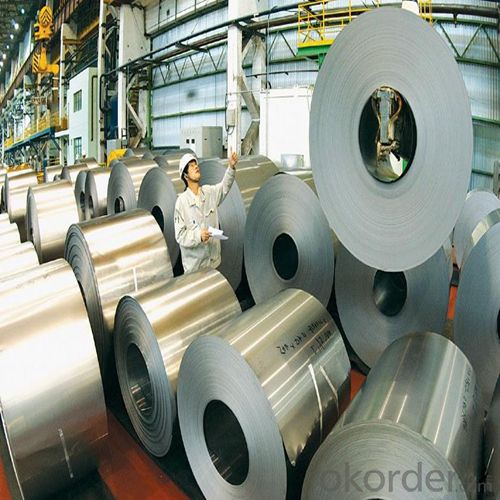
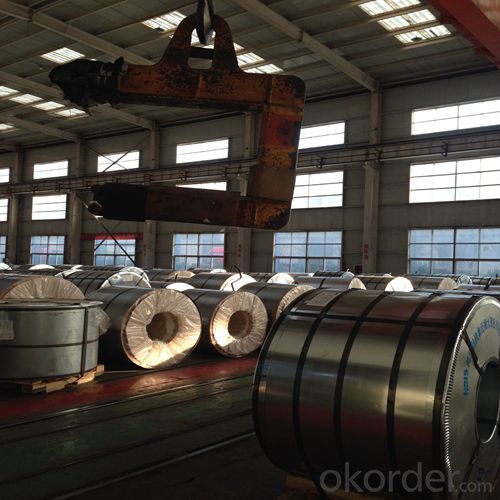
4.Electrolytic Tin Plate Coils and Sheets for Foods Metal Packaging Specification
Standard | ISO 11949 -1995, GB/T2520-2000,JIS G3303,ASTM A623, BS EN 10202
|
Material | MR,SPCC |
Thickness | 0.15mm - 0.50mm |
Width | 600mm -1150mm |
Temper | T1-T5 |
Annealing | BA & CA |
Coil Inner Diameter | 508mm |
Weight | 6-10 tons/coil 1~1.7 tons/sheets bundle |
Passivation | 311 |
Oil | DOS |
Surface | Finish,bright,stone,matte,silver |
5.FAQ of Electrolytic Tin Plate Coils and Sheets for Foods Metal Packaging
- How are the Electrolytic Tin Plates specified?
The Electrolytic Tin Plates are specified as per the steel base, extent of tempering, the coating weight, annealing method and the surface finish.
- How many types there are for base steels?
The base steels are of three types: Type MR, L, D
- Q:What are the common challenges in recycling tinplate packaging?
- Some common challenges in recycling tinplate packaging include the separation of tinplate from other materials, such as plastic or paper, which can be time-consuming and costly. Additionally, the removal of any residual contents or labels from the tinplate can be challenging. The recycling process may also be complicated by the presence of coatings or laminations on the tinplate. Finally, the availability of recycling facilities specifically equipped to handle tinplate packaging can be limited, leading to logistical difficulties in the recycling process.
- Q:What are the advantages of using tinplate in packaging?
- There are several advantages of using tinplate in packaging. Firstly, tinplate has excellent corrosion resistance, ensuring that the packaged product remains protected and fresh for a longer period of time. Secondly, tinplate is highly durable and can withstand rough handling during transportation and storage. Additionally, tinplate is easily customizable and can be printed with attractive designs, enhancing the visual appeal of the packaging. Furthermore, tinplate is a sustainable packaging option as it is 100% recyclable, contributing to environmental preservation. Overall, the use of tinplate in packaging offers enhanced product protection, durability, customization options, and sustainability benefits.
- Q:How is tinplate coated for pharmaceutical packaging?
- Tinplate is coated for pharmaceutical packaging by applying a thin layer of protective lacquer or enamel onto the surface. This coating acts as a barrier, preventing direct contact between the metal and the pharmaceutical product, ensuring its safety and integrity.
- Q:Is to buy canned tinplate or aluminum
- Buy tinplate, aluminum toxic, not good
- Q:How does tinplate perform in terms of resistance to UV radiation?
- Tinplate generally has poor resistance to UV radiation. Without proper protective coatings or treatments, tinplate is susceptible to degradation and discoloration when exposed to prolonged sunlight or UV radiation.
- Q:Can tinplate be used for packaging personal care products?
- Yes, tinplate can be used for packaging personal care products. Tinplate is a commonly used material for packaging due to its durability, corrosion resistance, and ability to preserve the quality and shelf life of the products. It is also a sustainable option as it is recyclable and can be reused.
- Q:Can tinplate be used for aerospace applications?
- Yes, tinplate can be used for certain aerospace applications, particularly for non-critical components where weight is not a significant concern. Tinplate is known for its corrosion resistance and affordability, which makes it suitable for certain aerospace applications such as interior fittings, non-structural parts, and packaging. However, for critical components that require high strength-to-weight ratio or extreme durability, other materials like aluminum or titanium are typically preferred.
- Q:What is the shelf life of products packaged in tinplate?
- The shelf life of products packaged in tinplate can vary depending on various factors such as the type of product, packaging conditions, and storage conditions. However, tinplate is known for its excellent barrier properties and resistance to corrosion, which can help extend the shelf life of products. In general, products packaged in tinplate can have a relatively long shelf life ranging from several months to a few years.
- Q:What is the average lifespan of tinplate products?
- The average lifespan of tinplate products can vary depending on several factors, such as the quality of the tinplate used, the conditions in which the products are stored and used, and how well they are maintained. Generally, tinplate products can last for several years to a decade or more if properly cared for.
- Q:Can tinplate be used for packaging medical devices?
- Yes, tinplate can be used for packaging medical devices. Tinplate is a strong and durable material that provides excellent protection and barrier properties to ensure the safety and integrity of medical devices. It is also resistant to corrosion and can be easily sterilized, making it suitable for packaging in the medical industry.
1. Manufacturer Overview |
|
|---|---|
| Location | |
| Year Established | |
| Annual Output Value | |
| Main Markets | |
| Company Certifications | |
2. Manufacturer Certificates |
|
|---|---|
| a) Certification Name | |
| Range | |
| Reference | |
| Validity Period | |
3. Manufacturer Capability |
|
|---|---|
| a)Trade Capacity | |
| Nearest Port | |
| Export Percentage | |
| No.of Employees in Trade Department | |
| Language Spoken: | |
| b)Factory Information | |
| Factory Size: | |
| No. of Production Lines | |
| Contract Manufacturing | |
| Product Price Range | |
Send your message to us
Electrolytic Tinplate (ETP) Coil and Sheets for Foods Packaging
- Loading Port:
- Tianjin
- Payment Terms:
- TT OR LC
- Min Order Qty:
- 25 m.t.
- Supply Capability:
- 7000 m.t./month
OKorder Service Pledge
OKorder Financial Service
Similar products
New products
Hot products
Hot Searches
Related keywords
